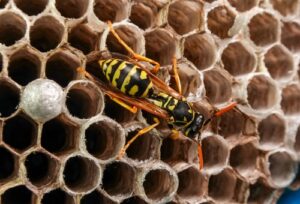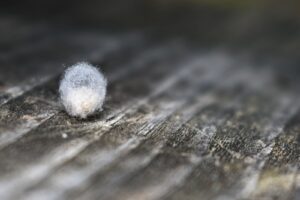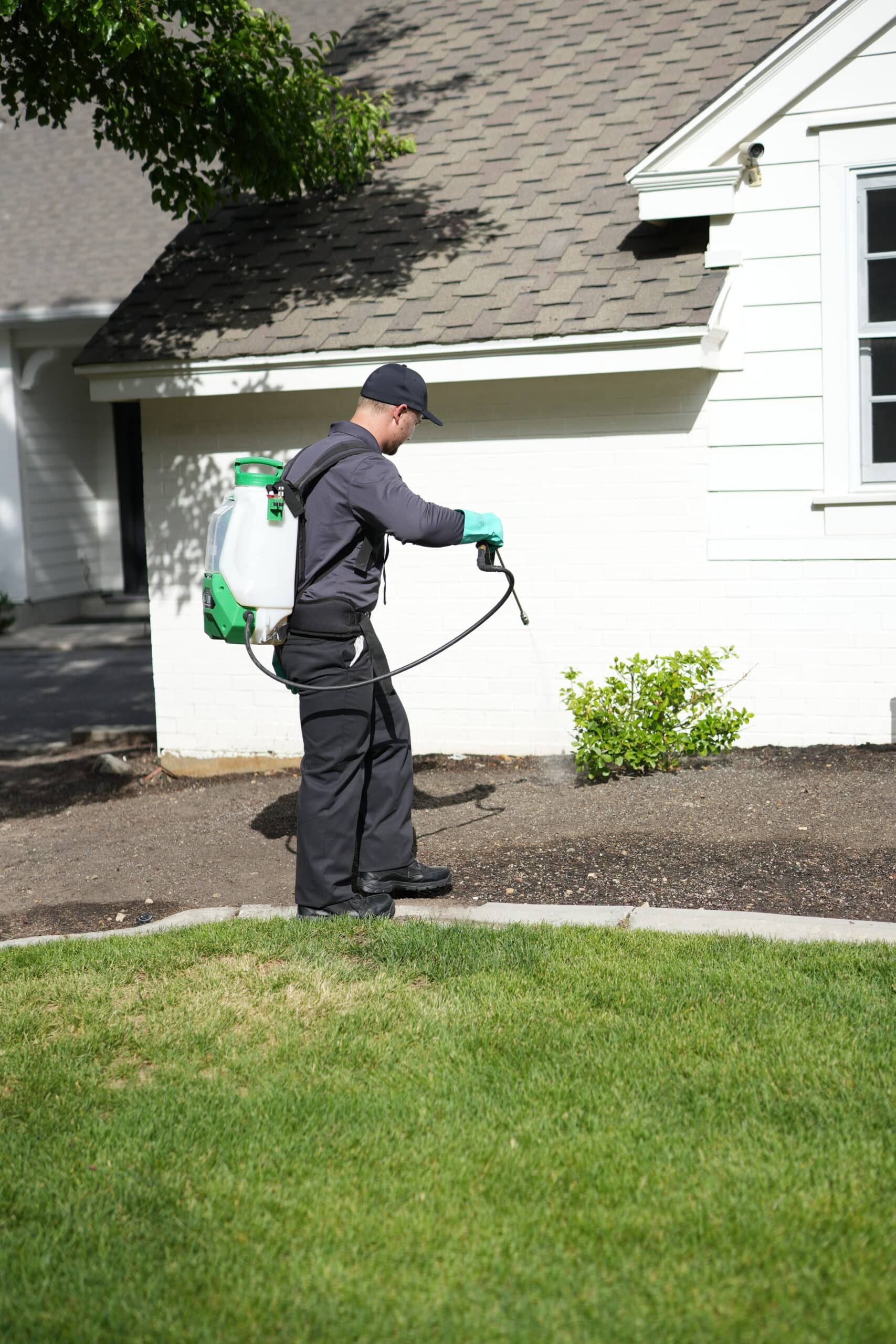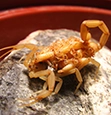20,000+ 5-STAR REVIEWS
“Connors Trader went the extra mile to make sure he listened to our needs regarding the ant problem we had.”
- Larry
“He sprayed indoors and out, swept my eaves for spider webs and took care of a couple of wasp nests.”
- Rick
“He even sprayed on my deck, which no one else has done.”
- Sue

Scorpions are ancient creatures, with fossil records stretching back over 400 million years. Despite the important role these fascinating creatures can play in their ecosystems, they can easily become unwelcome house guests in certain parts of the country. But scorpions can be more than a nuisance—while their sting is definitely unpleasant, certain species, like the bark scorpion, can pose a danger to children and the elderly.
Wondering what you can do to keep your home free of scorpions? Let’s explore how to identify scorpions, what attracts them to your home in the first place, and how to best eliminate an infestation.
Get help with your scorpion problems by calling the scorpion control pros at Hawx Pest Control! Dial (888) 372-9514 today.
Scorpion Identification: How to Identify Different Types of Scorpions
Scorpions generally have distinct features that make them easily recognizable: a flattened body with two large pincers and a segmented tail that curves over their back, ending in a stinger. They have poor eyesight and rely more on touch to navigate.
Scorpions are nocturnal—they are most active at night and seek shelter under rocks, logs, or debris during the daytime. In fact, they actually fluoresce under a black light, making them easier to spot at night.
While they’re often associated with the desert, scorpions can also be found in areas with mountains, caves, and marshes. The United States is home to several scorpion species, mostly concentrated in the Southwest. Identifying the specific type of scorpion can help you determine where they might be hiding.
Here are some of the most notable species:

Bark Scorpion (Centruroides exilicauda)
The bark scorpion is the only species in the U.S. with venom that is dangerous to humans. They are typically found in Arizona, California, and New Mexico. These scorpions are slender, with long, delicate pincers and a thin tail (only about 1/16 inch wide), and grow to about 3 inches in length. They are also known to be climbers, so you can often find them on trees and walls.

Arizona Hairy Scorpion (Hadrurus arizonensis)
This is the largest scorpion in North America, found in Southern California and Arizona. They are burrowing scorpions but can also be found under objects and around homes.

Yellow Ground Scorpion (Vaejovis confusus)
A small, light-colored species often mistaken for the Arizona bark scorpion due to its similar pale yellowish-brown coloration. Unlike the Arizona bark scorpion, its tail is thicker and its pincers are more stocky and robust. This scorpion is native to the southwestern United States, particularly in Arizona, New Mexico, and parts of California. It is less venomous but still capable of delivering a painful sting.

Stripedtail Scorpion (Vaejovis spinigerus)
This common species is found in Southern California, Arizona, and New Mexico. While they are also a type of burrowing scorpions, the stripedtail can live in different habitats, from deserts to rocky hillsides. They are not considered dangerous to humans.
Scorpions that hide under objects often carry their stinger to one side, while burrowing scorpions carry theirs over their backs. When they run, they hold their pincers out with their tail curved upwards.
Scorpions eat a variety of insects, spiders, and, yes, even other scorpions. Larger scorpions may also eat small lizards, snakes, and mice. Interestingly, bark scorpions tend to orient themselves upside down, which is why people are often stung when picking up objects.
What Attracts Scorpions to Your Home?
Scorpions typically enter homes in search of food, water, and shelter. As nocturnal hunters, they feed on insects, spiders, and other creatures. Scorpions are also drawn to moisture, so leaky pipes and poor drainage can attract them. They look for dark, undisturbed areas to hide and nest.
Construction in your neighborhood can also push scorpions into homes as they try to avoid being displaced from their nests.
Signs of a Scorpion Infestation
Spotting a live scorpion is the most obvious indication of an infestation, but there are other clues to watch out for. In addition to checking for scorpions directly (especially at night with a black light), look for shed exoskeletons, which can be left behind as scorpions grow.
Scorpion droppings may also appear as small, dark particles, sometimes mistaken for insect debris. Since scorpions prefer dark, undisturbed areas, pay particular attention to basements, garages, closets, and the spaces under rocks or wood piles. If you find even a single scorpion indoors, it’s wise to look around for additional hiding places, as scorpions are often found in groups or may have nests nearby.
What Damage Can Scorpions Cause?
Although scorpions do not typically cause structural or material damage to homes or properties, their presence can be unsettling—and even pose health risks.
Most scorpion stings in the United States cause only localized pain and swelling. However, as mentioned earlier, the bark scorpion’s sting can be particularly dangerous for children and the elderly. Symptoms of a bark scorpion sting include severe pain, numbness, difficulty breathing, and muscle twitching.
How Do You Get Rid of Scorpions?
While it may be tempting to try and address an infestation on your own, professional pest control services are recommended for scorpion problems in or around your home. These experts can offer effective treatments and ongoing plans to keep your home scorpion-free.
Prevention is always the best approach. Here are some effective prevention strategies to keep scorpions out of your home:
- Seal entry points: Scorpions can enter through tiny cracks, so seal gaps around doors, windows, and pipes with caulk or weather stripping. Use door sweeps to prevent entry under doors.
- Eliminate moisture: Repair leaky pipes and ensure proper drainage to eliminate water sources that attract scorpions.
- Reduce clutter: Clear your home and yard of debris, and store firewood off the ground and away from your home.
Bark scorpions are climbers, so pay close attention to sealing gaps in walls and around windows. Also, regularly inspect trees and walls, especially at night (ideally, with a black light).

“Scorpions can survive the harshest of environments. They are hunters, so one of the first things we focus on during scorpion treatment is food source elimination. When you get rid of what they eat (large cockroaches, beetles), they will move on. They don’t build webs and wait like spiders, they have to go out and hunt for food actively. Call Hawx if you are having issues with scorpions. We can identify the best ways to address the problem.”
Vice President of Technical & Training Services, Entomologist
Let Hawx Handle Your Scorpion Problem
Dealing with scorpions on your own can be difficult, ineffective, and even dangerous. With Hawx Pest Control, you get local experts who use advanced tools, in-depth knowledge, and proven methods to target both visible scorpions and their hidden nests. We address the root cause of the problem to give you a scorpion-free home.
Contact Hawx Pest Control today for a free inspection and personalized treatment plan. Our pest control pros can tailor a plan to your needs, target nesting sites, and create a barrier around your home to keep scorpions away so you can enjoy your property comfortably and safely.
Scorpion Identification: What Are the Main Types of Household Scorpions?
Scorpions can vary widely from species to species, so it's important to know how to identify scorpions that typically invade homes.
Read more about scorpions

Most Painful Insect Stings – The Schmidt Pain Index
Did you know there’s an official pain scale for insect stings? It is called the Schmidt Pain Index for Stings. It was created by an

How to Identify & Get Rid of Spider Egg Sacs
Finding spider egg sacs around your home is unsettling, and many people aren’t sure what to do about it. While it’s true that spiders help

Pest Control Experts Warn: Your Jack-o’-Lantern May Attract Unwanted Pests
With Americans purchasing 1.3 billion pounds of pumpkins annually, according to the United States Department of Agriculture (USDA), the seasonal decoration rush creates a massive
Need help with your scorpion problem? Contact Hawx Pest Control today!


